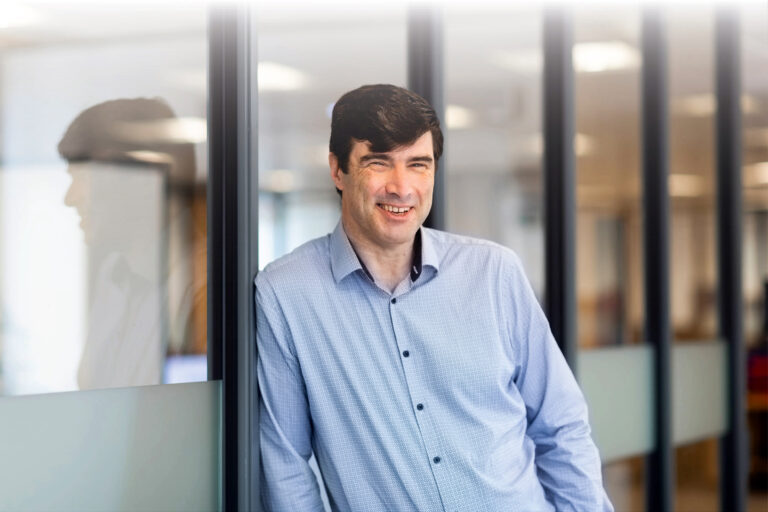

A European Patent Office (EPO) Board of Appeal has recently referred three questions to the Enlarged Board of Appeal to seek clarity in interpreting the terms of a claim.
Contrasting approaches to claim interpretation have evolved at the EPO. At one extreme, terms in claims are interpreted in isolation, without any recourse to the description. At the other extreme, the patent application is able to act as its own dictionary such that the description can provide definitions for claim terms that are contrary to their normal meaning. Thus, a term in a claim that is otherwise clear may be given a broader or narrower interpretation. There is also the middle ground where terms appearing in the claims that are clear are given their normal meanings and the description ignored, but the description is used to remove any ambiguity regarding claim terms. These different approaches are reflected across a wide body of case law.
Another consideration is Article 69 of the European Patent Convention (EPC) that says the extent of protection of a granted European patent is determined by the claims, and that the description and drawings shall be used to interpret the claims. However, case law diverges on the question of whether Article 69 should also apply when considering patentability during examination and opposition proceedings, for example when determining novelty and inventive step.
The appeal case leading to the new referral, T 0439/22, has claims that contain the term “gathered sheet” which is used to describe a tobacco sheet in an aerosol generating device. The Board took the view that “gathered sheet” was a well-known term in the technical field with an accepted meaning, but the description of the patent specification set out further definitions that were broader. So, is this a case were the description can act as its own dictionary such that the broader meaning should be given to the term “gathered sheet” when interpreting the claims?
The Board of Appeal has referred the following three questions to the Enlarged Board of Appeal, as case G 1/24, in order to clarify situations like those described above:
Before the referral can be considered, it must first be deemed admissible by the Enlarged Board of Appeal. Even if admitted, the Enlarged Board of Appeal may narrow the questions if they are considered broader than justified. So, it will be interesting to see how this appeal progresses over the coming months. The EPO have issued a notice to say that, while G 1/24 remans pending, proceedings before the examination and opposition divisions will continue.
For the time being at least, good patent practice remains unchanged. Wherever possible, reliance on the description to impart a particular meaning to a claim term should be avoided: it is far better for the claims to be able to stand on their own. Where flexibility is required, for example to provide room to manoeuvre around prior art, alternative claim formulations should be included to provide explicit basis for later amendment of the claims. Trying to force a broader than normal meaning onto a claim term is more risky because, if not corrected before grant, the opportunity to do so after grant may be prevented by the restriction on post-grant amendments that widen the scope of protection. So an Opposition Division or Board of Appeal may interpret a claim term narrowly, and then refuse any attempt to amend the claim to achieve a broader meaning.
Any questions can be directed to your usual contact at Boult Wade Tennant.